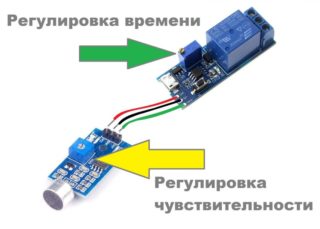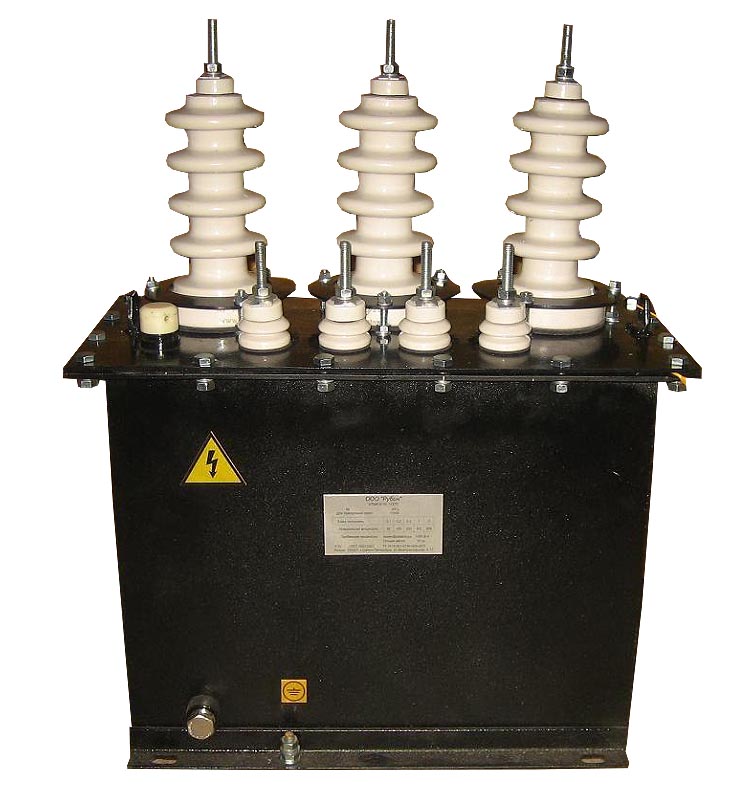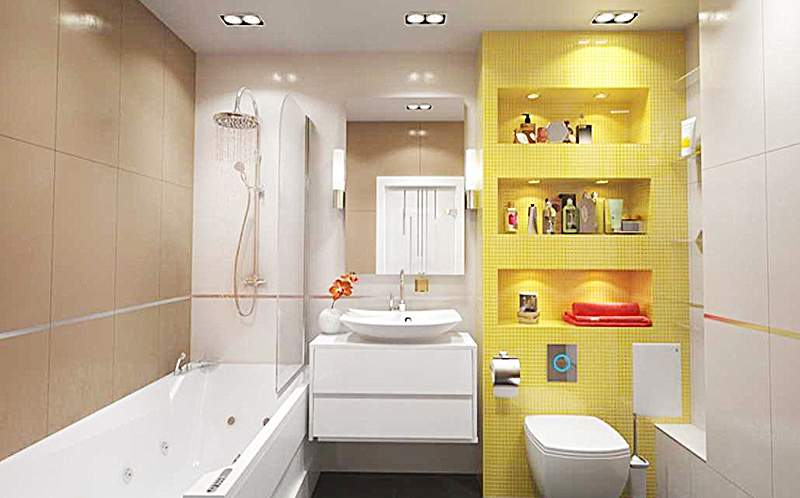An acoustic switch is a device that closes and opens a circuit due to loud noise or popping. It can be used to turn on home lights, televisions, music equipment, and other household appliances. The acoustic switch makes the use of electrical devices simple and convenient.
Types of sound switches

There are the following types of acoustic switches:
- Devices that respond to cotton. It is programmed in advance at what number of claps this or that command will be executed.
- Devices that respond to a voice or a pre-set command.
- Combined devices (for example, a light-acoustic switch). They can be installed with sound, light or motion sensors. These are the most technologically advanced devices in which the risk of false alarms is minimized.
- Devices for low-current systems. Used to connect a video camera or send a command to security.
Acoustic switches have become popular for their ease of use. They are useful for the elderly, bedridden patients and young children. Devices of this class are already actively used in the "Smart Home" system.
Pros and cons
Main advantages:
- work with any electrical appliances or light sources;
- the ability to turn on and off a household appliance or light from anywhere in the room;
- no extra wires;
- reliability and long service life;
- noiselessness;
- safety.
Disadvantages:
- Modern sensors are able to recognize the sound that is needed to turn on and off. The user needs to know exactly which signal the sensor will respond to.
- The sensitivity range is limited. In a large room, you will have to clap loudly or come closer to the sensor. If you increase the sensitivity, the sensor can falsely respond to similar sounds.
For radio amateurs who want to make a DIY cotton switch, the downside is the complexity of the electronic circuit.
Operating principle
Sound switches work as follows:
- a person makes a sound to turn on (clap, phrase);
- the microphone picks up the signal and transmits it as a voltage to the circuit;
- from the circuit, the signal is sent to the transistor, and from it to the relay coil;
- an electric current begins to flow through the coil, due to which the core is drawn in;
- circuit contacts are closed;
- current flows to a luminaire or household appliance, which causes it to turn on.
Acoustic light switches can work continuously. But you can also set the time interval after which the light or the device will turn off.
Specifications
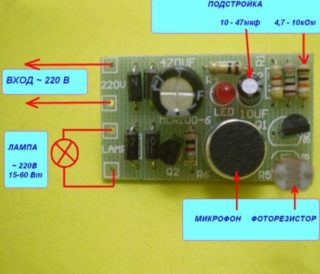
The standard device has the following parameters:
- power supply from a 220 V network;
- the maximum power of all connected devices is 300 W;
- the sound is regulated in the range of 30-150 decibels;
- operating temperature range from -20 to +40 degrees;
- degree of moisture and dust protection IP30.
The switch can work with standard incandescent lamps or halogen sources, LEDs and energy-saving lamps.
Connection diagram and step-by-step installation instructions
If a light-acoustic switch (CAB) is installed in the house according to the scheme with two fluorescent lamps, the procedure is as follows:
- connect white wires to the mains, black - to the lamp load;
- connect the white wires with phase and zero using terminals;
- connect the black wires to the lamps of the luminaire, which are connected in parallel to each other;
- turn off the classic one-button switch;
- put a suitable sound strength;
- configure the sound sensor.
First, the reaction to claps of different volumes is checked. Then you need to test how the switch will behave when other sounds are received (vacuum cleaner, electric drill, phone ringing, clatter of plates). If your device reacts to unwanted sound, you can adjust the microphone sensitivity.
Dimmer acoustic switch
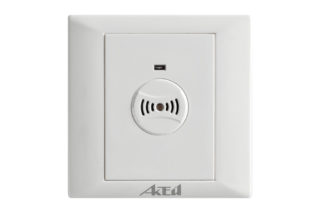
Dimming is the regulation of the load that the device consumes. With the help of dimmers, you can smoothly turn on the light, adjust the brightness of an LED lamp or an incandescent lamp. Not applicable for fluorescent lamp. Also, dimmer devices can be used to adjust the temperature in irons, soldering irons, kettles and other household appliances.
An opto-acoustic switch is needed to dimmer turn on electricity. The principle of operation of the microcircuit is as follows:
- the signal in the form of sound goes to the microphone;
- sound is translated into impulse;
- the pulse is sent to the microcontroller and passes through the amplifier, charging the capacitor;
- a large charge is reached, after which the comparator switches;
- zero at the output changes to a pulse;
- the transit generator is activated, which directs the pulses;
- a triac opens, through which the power to the lamp passes;
- the capacitor loses its voltage level;
- a signal with an increasing phase deceleration is applied to the triac;
- the light turns on smoothly.
If you select all the component ratings correctly, the luminaire turns off with a pause of up to 3 minutes. For the dimmer to work, you need a lamp with a power of at least 40 watts. The voltage on the opto-acoustic switch changes smoothly in the range from 0 to 220 V.
Benefits:
- thanks to the smooth start-up, the lamp life is increased;
- the ability to create lighting of the desired brightness in a specific place;
- the ability to control light using intelligent systems.
The disadvantages include the inability to open the network in the event of a short circuit and the lack of a protective function against overloads.
Dimmers are not recommended for radios, televisions, and switching powered products as they cause interference.
How to choose
Before buying, you need to decide in advance for what purpose the acoustic switch is being bought. Appliances for home use, for a garage, an entrance or a street are different, as in each conditions the level of external noise is different. The wrong choice will result in the device either not triggering or responding to any sound.
Cotton switches can be installed on 4 fixtures. For example, one pop will be responsible for turning on the light, two for the fan, and so on. Claps need to be done in a row.
For chandeliers with a large number of lamps, you can buy a switch with multiple buttons. Such devices have several channels, and they can be connected to a specific group of light sources.
A sound switch is a convenient device for turning lights or household appliances on and off. They can respond to voice commands, pops, and other pre-set sounds. Such devices are used in the “Smart Home” system, they can also be installed in an ordinary apartment.


